30 Mar Determining the Right Time to Replace Your HVAC
The importance of maintaining a comfortable and healthy indoor environment cannot be overemphasized, which is why understanding your heating, ventilation, and air conditioning (HVAC) system is critical. The longevity, efficiency, and overall performance of these systems largely depend on factors such as the quality of installation, regular maintenance, and usage habits. This article presents a comprehensive guide on how to understand the lifespan of different types of HVAC systems, recognize the tell-tale signs of system failure, and evaluate the logic behind repair versus replacement costs.
Understanding HVAC Lifespan
Decoding the Lifespan of HVAC Systems – A Profitable Knowledge
Do you know that understanding the average lifespan of HVAC systems can contribute to substantial savings in maintenance, repairs, energy consumption, and even enhance overall system performance? Such knowledge provides vital insights into when to schedule regular maintenance, plan for replacements and striking the balance between functionality and financial stability.
The longevity of heating, ventilation, and air conditioning (HVAC) systems has been under constant scrutiny for their direct implications on operational efficiency and environmental sustainability. These critical aspects impact not just the residential but also the commercial and industrial sectors, creating a ripple effect across diverse industries.
In general, the average lifespan of HVAC systems revolves around 15-25 years. However, this is influenced by several factors like the system’s model, installation quality, operational conditions, regular maintenance, and geographical location. Hence a holistic approach is necessary to ascertain the precise lifespan accurately.
First and foremost, the model and manufacturing quality of the HVAC system plays a pivotal role. High-quality systems, made by esteemed manufacturers committed to engineering excellence, tend to feature advanced technologies, superior components, and robust build, leading to greater durability and a longer lifespan.
Second, keen attention during the installation process ensures that the system is correctly set up as per the manufacturer’s instructions. Quality installation by skilled professionals is crucial as substandard or incorrect installation can hamper system performance, reduce its efficiency, and cut down its lifespan dramatically.
It’s essential to consider the area’s local climate and the conditions in which the HVAC system operates. That is, systems operating in areas experiencing extreme weather conditions, either too hot or very cold, might have shorter lives compared to those in moderate climates.
Regular maintenance is paramount to the lifespan of HVAC systems. Routine servicing uncovers minor issues before they escalate into major problems, keeps the system running at peak efficiency, and ultimately extends its lifespan.
In conclusion, understanding the average lifespan of an HVAC system is a strategically beneficial move. It’s not just about knowing when your system might need replacement, but an educated decision that ultimately influences cost-effectiveness, energy conservation, operational excellence, and environmental sustainability.
Knowledge is power, and when dealing in a business arena, where HVAC systems are a significant part of operational dynamics, remaining informed equates to profitability and market influence. Transcend the average; understand the influencing factors; elevate your business success.

Recognizing Signs of HVAC Failure
Recognizing the early signs of an aging HVAC system can save you from a sudden breakdown, lowering your profitability, productivity, and even your brand reputation. Staying ahead of the curve is a trademark style of savvy entrepreneurs, allowing them to plan, make strategic decisions, and capitalize on opportunities in every situation. Ignoring these signs can result in inefficiencies and costly repairs down the line.
Firstly, your system’s age can be a clear indicator of its need for replacement. Most HVAC systems have an average lifespan ranging from 10 to 15 years. If your system is getting close to this range or has surpassed it, it is high time to consider HVAC system replacement.
Secondly, rising energy costs can be a red flag. If you notice that your energy bills are progressively increasing without a change in usage or rate, it could be due to a failing HVAC system. Any sudden or consistent rise in energy costs deserves immediate attention.
Thirdly, inconsistent temperatures can indicate a failing HVAC system. If different areas in your building have varied temperature conditions, your HVAC system is likely struggling to maintain proper temperature control and air distribution.
Fourthly, noise, vibrations, and strange odors are telltale signs of a problem in your HVAC system. Unusual sounds or a strange smell coming from your system indicate that it’s not functioning properly.
Lastly, constant repairs can signal the need for an HVAC system replacement. If your system requires frequent servicing or parts replacement, it indicates its diminishing productivity and efficiency.
In a nutshell, early identification of a failing HVAC system is crucial to avoid unnecessary expenditures and to ensure a comfortable and productive environment in your premises. Being proactive in this respect is an excellent way to demonstrate superior entrepreneurship skills in managing operational expenses, ensuring business continuity, and committing to sustainability goals.
Just as experienced entrepreneurs meticulously scout the market for business growth opportunities, so should they be vigilant in identifying signs of a failing HVAC system. This consistent proactive approach ensures optimized business operations, thereby underlining the adage, ‘an ounce of prevention is worth a pound of cure.’

Weighing Repair vs Replacement Costs
Shifting the focus from system lifespan to decision-making factors, there’s a parallel to the strategic maneuvers in the dynamic world of business. In the same way that a savvy entrepreneur would be proactive and alert in detecting business problems, one needs to look out for some hallmarks of a deteriorating HVAC system.
Age, like in many other appliances, serves as a reliable marker. An average HVAC system tends to have an efficient lifespan around 10-15 years, similar to the cycle in many industries where products become obsolete or lose efficiency.
Much like in business, changes in the financial landscape is a signal to adapt. If your HVAC system is causing significant upsurges in your energy bills, it might be more cost-effective in the long run to replace rather than repair. It’s equivalent to running a venture with outdated strategies or technologies, bleeding resources while undermining its capacity to compete.
Comparatively, inconsistent temperatures are a telltale sign that your HVAC system is declining in its efficiency, much similar to erratic market swings impacting a venture’s predictability. Noise, vibrations, and strange odors may correspond to intangible issues in a business where perceptible problems indicate underlying inefficiencies.
The need for constant repairs may indicate that your HVAC system has reached its highest costs of ownership. In the world of business, it’s similar to a failing product or process that requires continuous resource allocations without significant return. Proactively recognizing these signs could lead to a financially favorable decision, staying true to the entrepreneurial mindset of making profitable decisions through early identification and prevention.
In summation, understanding the lifespan metrics and taking note of these red flags can help turn the tables in your favor –potentially saving not just money but also conserving energy and sustaining productivity. Within the parallel drawn between maintaining your HVAC system and managing a business, the savvy entrepreneur’s mantra seems fitting: “Staying proactive, not reactive, to situation analysis.” In this way, the choice between repair and replacement becomes strategic, analytical, and ultimately profitable.

With a deeper understanding of HVAC lifespan, the ability to recognize system failure, and a strong comprehension of the balance between repair and replacement costs, homeowners can make more informed decisions about their HVAC systems. Remember, while it can be tempting to prolong the life of an HVAC system as long as possible, sometimes a replacement is the more economically and environmentally friendly option. Regular preventive maintenance can go a long way in maximizing your system longevity, but when the cost and frequency of repairs start to escalate, it may be time to invest in a more efficient and reliable HVAC system.


Sorry, the comment form is closed at this time.